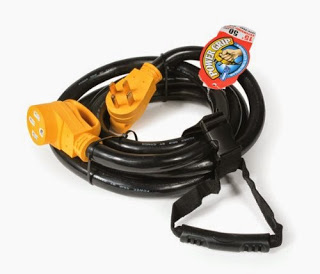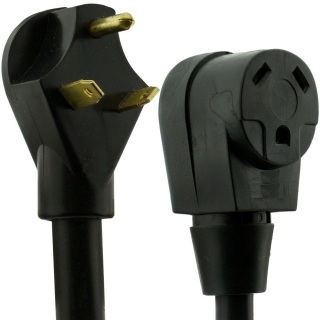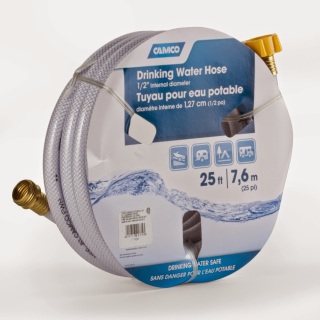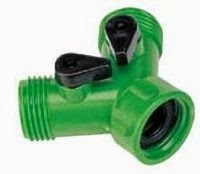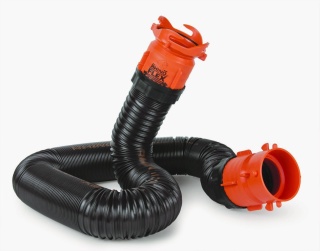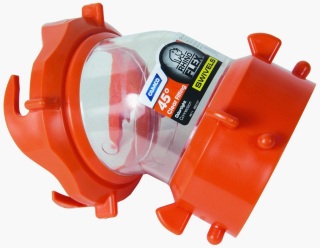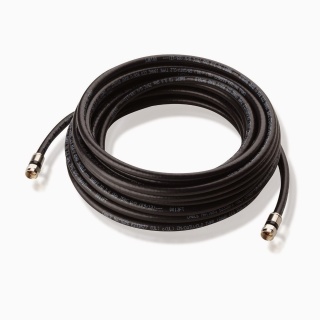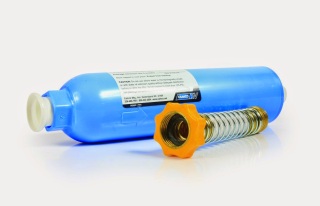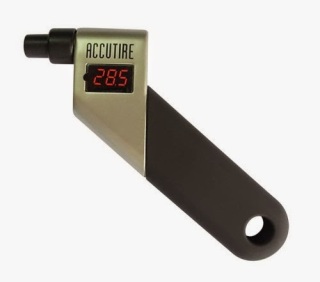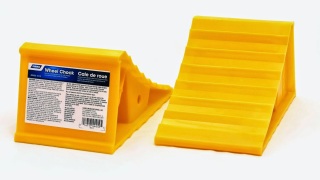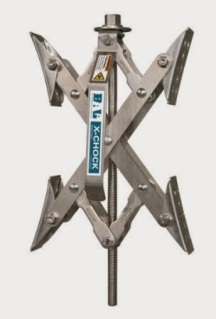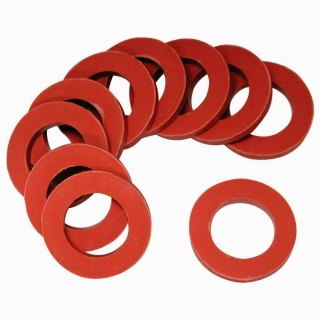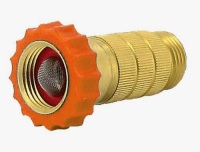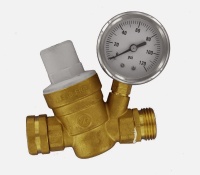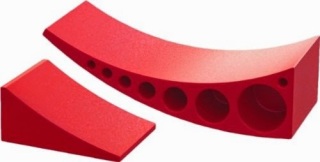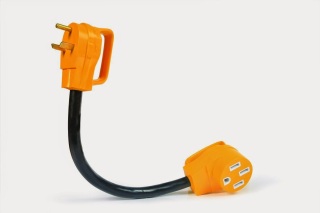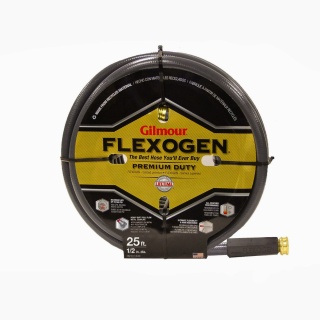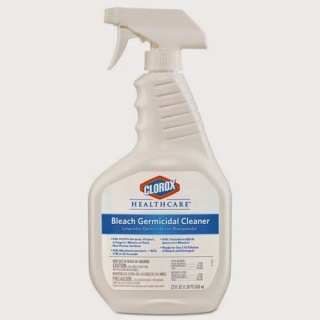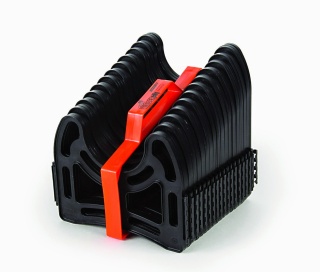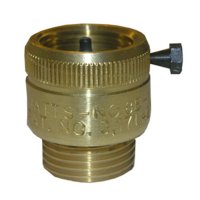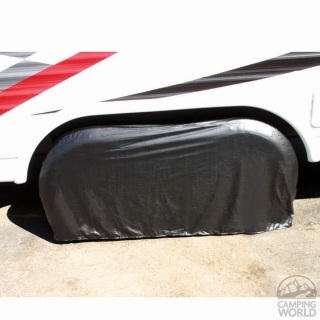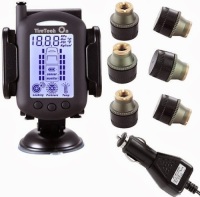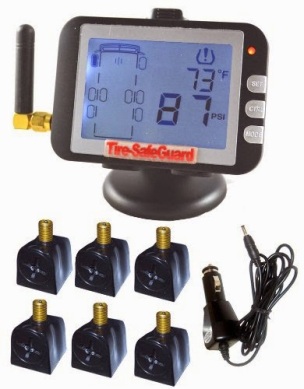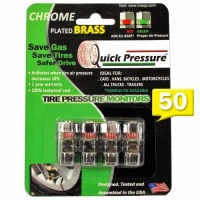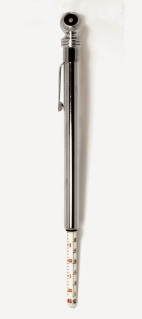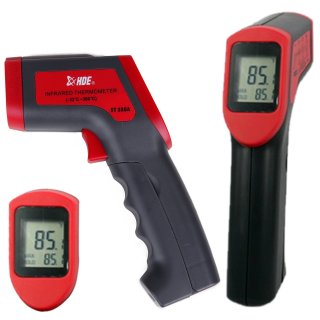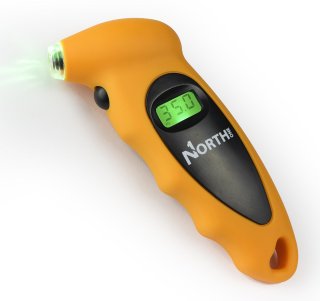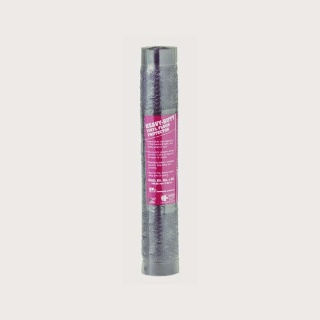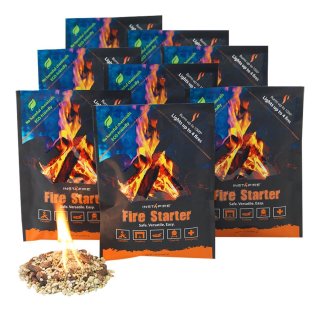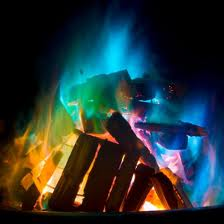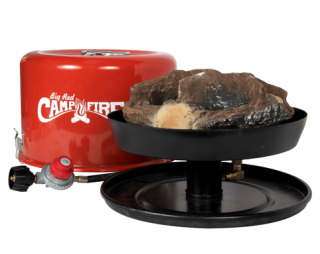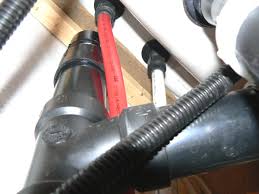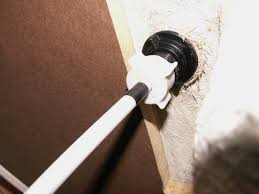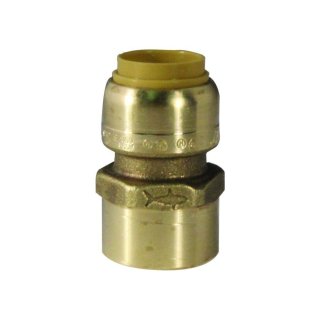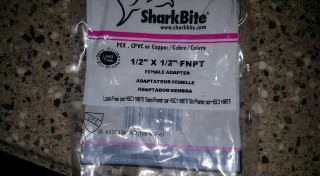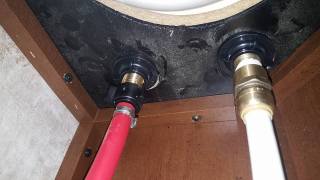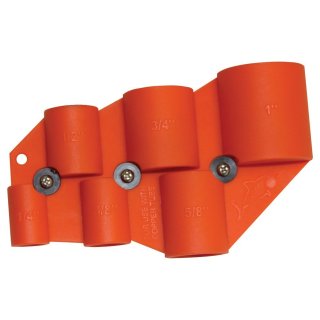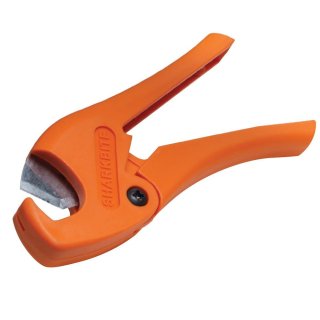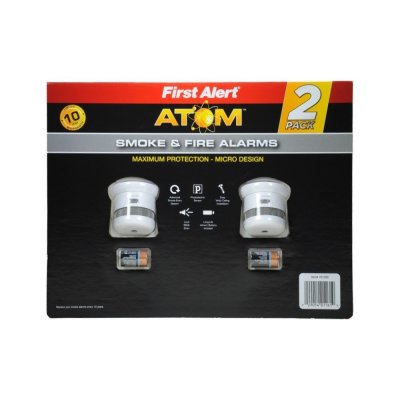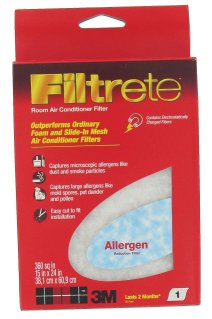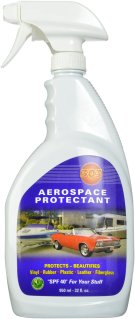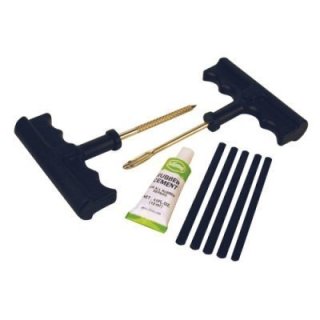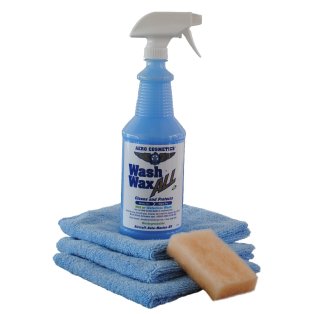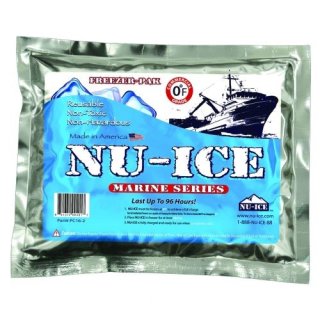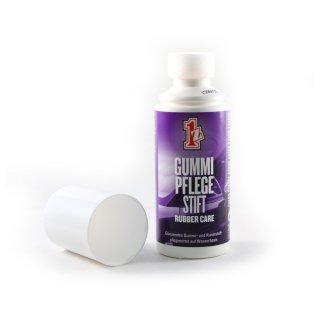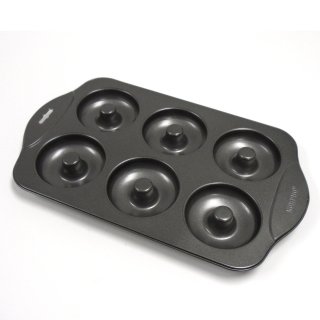Did you know that there is a date code on the smoke detector as well as your carbon monoxide detector in your RV? Did you know that the propane detector in your RV has an end of life?
I sure didn’t know. If you are just changing the detector batteries at the beginning of each RV season and removing the batteries at the end of each season you may not be doing everything you need to be safe, there is more to it. When was the last time you tested all your detectors to be sure that they all worked? (In many cases pushing the test button on the detector does not test the most important part of the detector, the sensor.) Do you know how to test the detectors? When is the last time you had a fire drill in your RV?
Let’s look for some answers. On the back of every smoke detector, there is a date code. You may have to hunt for it but it is there.
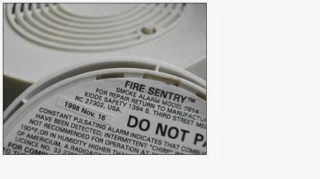
Beginning in 1999, Underwriters Laboratories (UL) required the manufacturing date code on the back of the device to be printed in plain English. This information may appear on the back of the device, on the face of the horn, in the battery compartment or on the top sensing chamber.
It is widely held in the RV industry that if your detector is more than five years old, or is out of date, it should be replaced.
Some detectors have permanent batteries built-in and others need to be replaced annually. Always use alkaline batteries when replacing batteries in detectors. Alkaline batteries last the longest in low power usage situations, such as detectors.
Now let’s talk turkey. Most RV manufacturers use the lowest cost, simplest smoke detector they can in their rigs. So false alarms and the possibility of alarm failures are there. What can you do, upgrade your standard smoke detector to a combination ionization and Photoelectric smoke particle alarm such as the
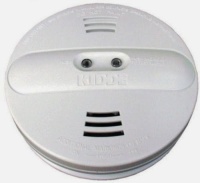
Kidde Model Pi9010 Dual Sensing Smoke Detector
These alarms have fewer false alarms and will give you and your family more time to get out if there is an emergency.
Most fire safety experts agree that you have about 20 seconds to get out of an RV that is on fire before you will be overcome and not be able to get out.
Where should I put the smoke detectors in the RV you ask? One should be in the Master bedroom and one in the Bunkhouse (if your RV has one). Another one should be located in the kitchen area of the rig.
There is a new small size model smoke detector for use in storage bays or in areas where the size of the detector is important.
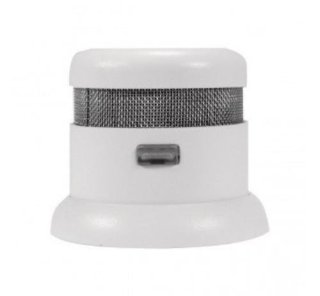
Photoelectric Smoke Detector
This type of small space detector is a great idea for storage areas where we may have cleaning chemicals and fire-starting chemicals and other stuff that in the right conditions can ignite and start a fire.
You can test smoke type detectors by using a burning candle near the detector and then blowing it out. See what happens. Also, you can push the button located on the detector to test the battery.
Pushing the button just test the battery and the electronics and does not check the sensor inside the unit. The candle does that.
Next we have the Carbon Monoxide Detector. This detector looks for the gas from combustion. CM gas is odorless, colorless, and tasteless. This is a very deadly gas. Every year there are deaths caused by CM gas when people run gasoline generators outside of their trailer. This detector can be located in the hallway to the bedrooms or in the bedroom itself. Don’t forget to put one in the bunkhouse. The CMD should be located off the floor about head high or higher. In my rig, the detector is located on the ceiling. The CM gas is lighter than air and will be found near the ceiling first. Here is the one that I have Battery Operated Carbon-Monoxide Detector.
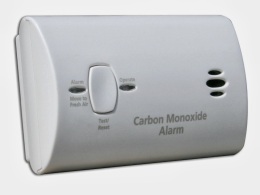
Battery Operated Carbon-Monoxide Detector
NOTE: Be sure to replace the batteries at the beginning of the RV season (remove batteries at the end of season) and keep the surface of the detector clean.
The LP Gas Detector is the last of the required detectors in your RV. This one usually runs off of the 12-volt battery system of the RV. It is located very near the floor usually in the hallway to the master bedroom, but not always. This is the guy that will detect if you stove, oven, furnace, refrigerator, or any other LP gas product in the RV is leaking LP into your breathing space. LP Gas is heavier than air and sinks to the floor and builds up from there. It has a bad odor that has been added to the gas by the LP Gas provider. So LP Gas is not odorless, you sure can smell it. Unless of course you are sleeping. If you smell gas get out, get out now, do not look for the leak just get out, and get help.
Here is a 12 volt LP Gas detector that has gotten good reviews and could replace what you are currently using if after testing yours does not work or the 5-year replacement date is up. Remember pushing the test button on a detector does not test the sensor just the electronics and sounder. Here is a detector that has gotten good reviews 12v LP Gas Detector.
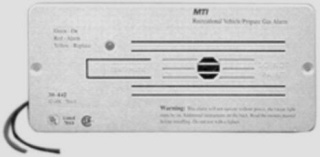
12v LP Gas Detector
So how do you test one of these? Remember those BIC lighters and Charcoal Starters? Well get down near the detector and flick the BIC but do not light it. Hold the lighter near the detector for a few seconds and you should set the alarm going. Stop the flow of gas from the BIC and blow on the detector to dissipate the gas and the alarm should stop sounding.
A word of caution here I think is advisable. I have heard that people are replacing the two gas detectors with one that claims it will do both jobs. I would not want to bet my family’s safety on this all in one detector. These gasses are not the same weight in the air one rises and one sinks, now how is one detector going to be in the right place to detect the right gas? Just say’in.
Now let’s talk about firefighting. Don’t do it. Get Out!!! If you must fight the fire to give yourself and your family more time to get out, do you have the right fire extinguisher? Here again, in most cases, the cheapest fire extinguisher was installed in your rig. When was the last time you check the extinguisher? Now is a good time before you start off for this season. If it is a powder type, turn it over a few times to resettle the powder. If it is a squeeze the trigger type what is the date of manufacture? You should plan on replacing the trigger type ever six years or sooner if the gauge says so. RVers die every year from rig fires, use the fire extinguisher to give you and your family time to get OUT not to fight the fire.
You need a fire extinguisher in each bedroom, in the kitchen area, and at the front and back door of the RV and in the storage area. You could also have one under the driver’s seat of the TV or Class A. I recommend using
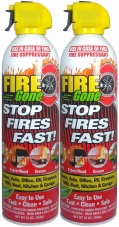
Fire Gone
as the best you can get to give you more time. If the kids are old enough be sure they can operate the Fire Gone and be sure to put one in the bunkhouse.
Because of recent fire events, the following fire suppression device was developed RV Refer Compartment Fire Suppression.
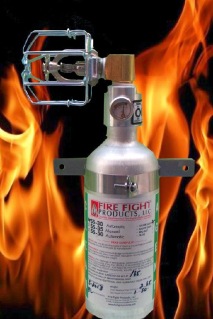
RV Refer Compartment Fire Suppression
Because of the number of fires that have been caused (or thought to have been caused) by refrigerators in RVs, an automatic fire suppression system has been developed, shown above. This system is one the average RVer can install and will activate in the presence of a fire in the refrigerator compartment of an RV. While you still need to get out as quickly as possible this unit may put the fire out completely or give you more time to, get out, either way, it is a plus.
OK, the fire drill. Do you know how to get out of your Rig if the front door is blocked by fire? In each bedroom area of the rig as well as other locations you will see a window with a red lever at the bottom. With the word EMERGENCY EXIT printed on it. Move the handle in the direction indicated and the window will open and you can climb out. Of course, it will be a real job because you may have forgotten a few tools that will help make it easier. First did you have your emergency window prop open stick? If you said no, you should. Take an old broom handle, rake handle, hunk of PVC, etc, and cut it to 24″ long and paint it red. Attach two dots of hook and loop to the top and bottom of the stick and to the wall, alongside, or below the window and voila you are ready. When the emergency occurs, open the window put in your prop stick and pull a blanket or comforter from the bed or a blanket from other area and lay it across the bottom of the window frame covering the exit handle area of the window. This will stop you from being cut or badly scratched by the window frame as you crawl out.
Have a meeting place well outside of the rig area, that everyone knows and will meet at if there is a fire so you can take a head count and be sure everyone is safe.
Last but not the least. Do the kids know how to get out? Each season before you hit the road you should go over the fire safety rules and how to get out.
Rule number,
- GET OUT
- GET OUT
- NEVER FIGHT THE FIRE (you have approx 20sec to get out before you can’t)
- DO NOT GO BACK FOR THE DOG, CAT or GOLDFISH
- EVERYONE MEETS ACROSS THE ROAD
I am sure you get the picture. Cats and dogs are part of the family for sure, but they are not humans and the kids and grandma are far more important. Be sure to remind the kids of that.
Fire Safety Quick Check
- Test all Fire, LP Gas, and CM detectors
- Do not fight the fire GET OUT!!!!
- Know where the emergency exits are located
- Have an escape plan
- Have fire drills
- Be sure the fire extinguishers are up to date
Until next time
Don’t forget to join the Weekend RVers group on Facebook a no DRAMA place with Hints, Tips, Free Stuff, Recipes, for every kind of RVer.
And finally, please remember that this blog is an Amazon affiliate. When you order something through any of the Amazon links, it doesn’t add anything to your cost, but I do earn a small commission on everything you buy. Just click on an Amazon link, then shop as usual
